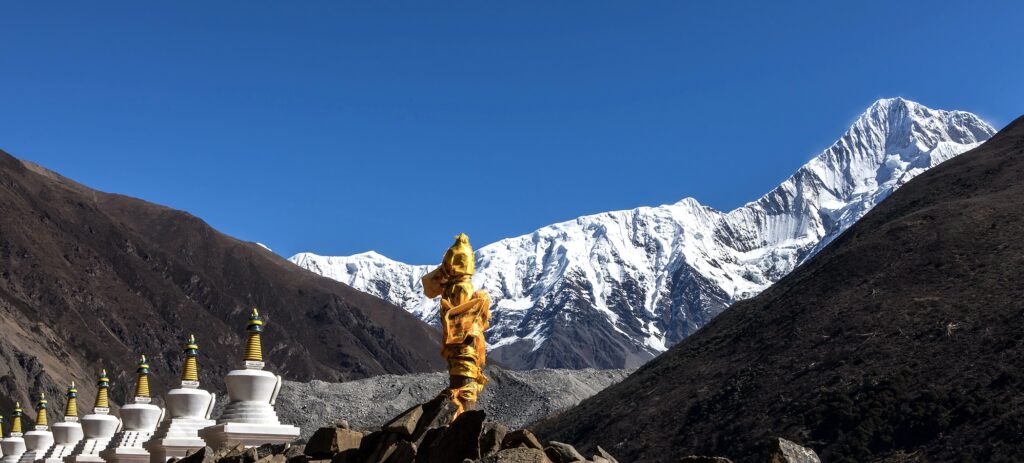
Mt. Minyak Gongkar, also known as Gongga Shan or Minya Konka, is a majestic mountain located in the eastern part of the Tibetan Plateau, in the Daxue Mountain Range of western Sichuan Province, China. With an elevation of 7,556 meters (24,790 feet), it is the highest peak in Sichuan and one of the tallest mountains outside of the Himalayas. Often referred to as the “King of Sichuan Mountains,” Mt. Minyak Gongkar holds both cultural and geographical significance, especially among Tibetan Buddhists and mountaineers.
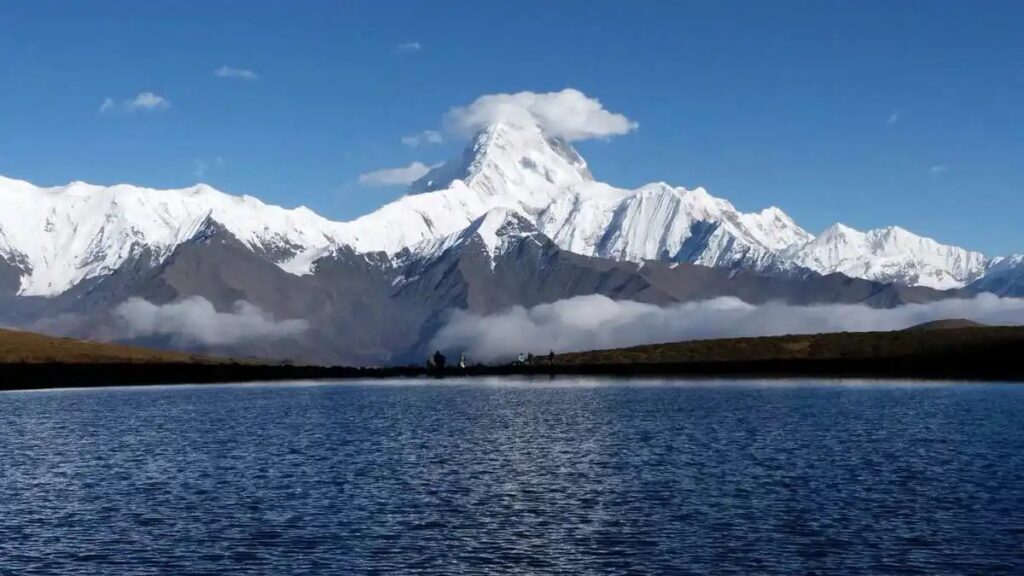
Geographical Significance:
Mt. Minyak Gongkar is part of the Daxue Shan Range and is located near the town of Kangding. It stands out in the landscape, dominating the surrounding area with its sharp, steep slopes and towering presence. The peak is surrounded by glaciers, deep valleys, and rugged terrain, making it one of the most visually striking mountains in the region.
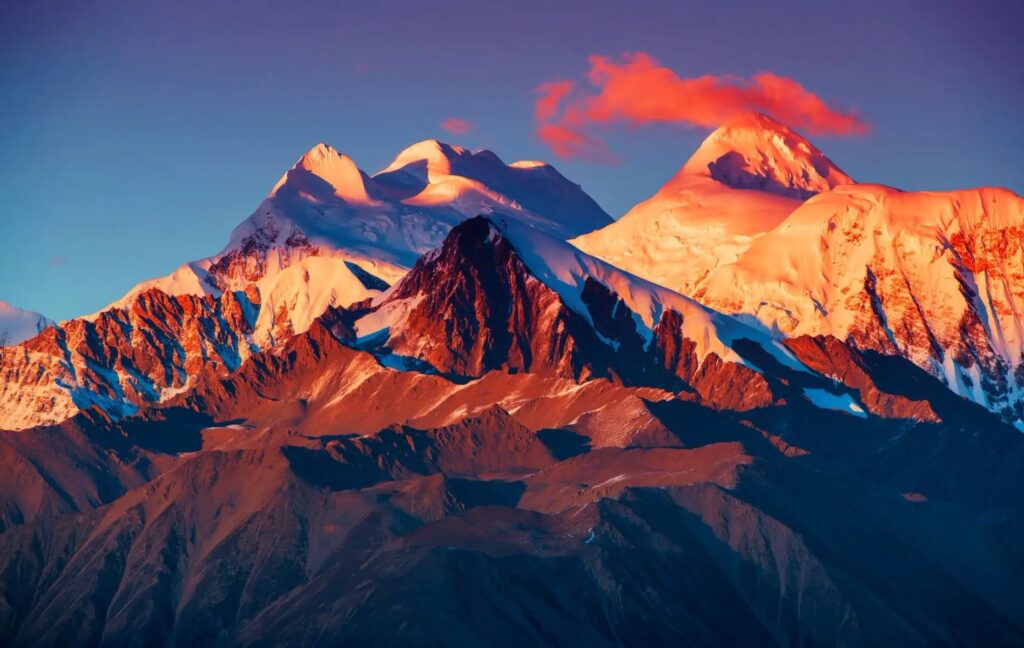
Cultural and Spiritual Importance:
In Tibetan culture, Minyak Gongkar is considered a sacred mountain. Tibetan Buddhists in the region view it as the home of protective deities, and it plays an important role in local religious practices. Many pilgrims visit the base of the mountain to perform kora (circumambulation) as a form of spiritual practice to gain blessings or merit.
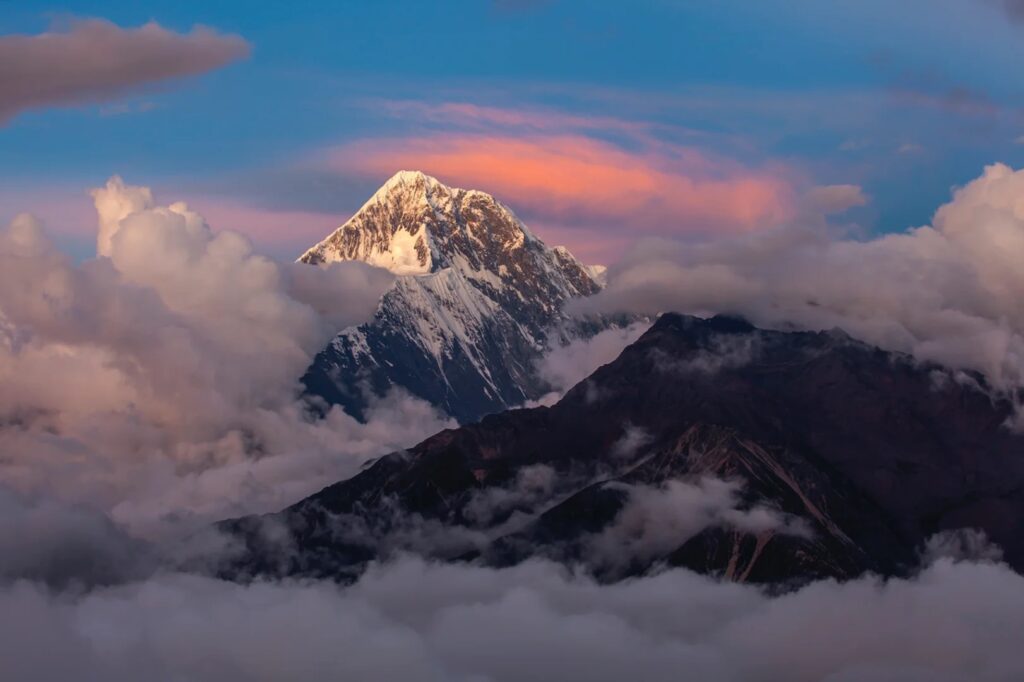
Mountaineering and Climbing:
Mt. Minyak Gongkar is a highly challenging peak to climb. It was first successfully summited by an American team in 1932, led by Terris Moore and Richard Burdsall, but remains a difficult and dangerous climb due to its technical terrain, unpredictable weather, and avalanche risks.Many attempts to climb the mountain have ended in tragedy, earning it a reputation for being as treacherous as some of the highest peaks in the Himalayas. Despite its allure for mountaineers, it is much less frequented compared to more famous peaks like Mount Everest or K2, largely due to the technical difficulty of the ascent.
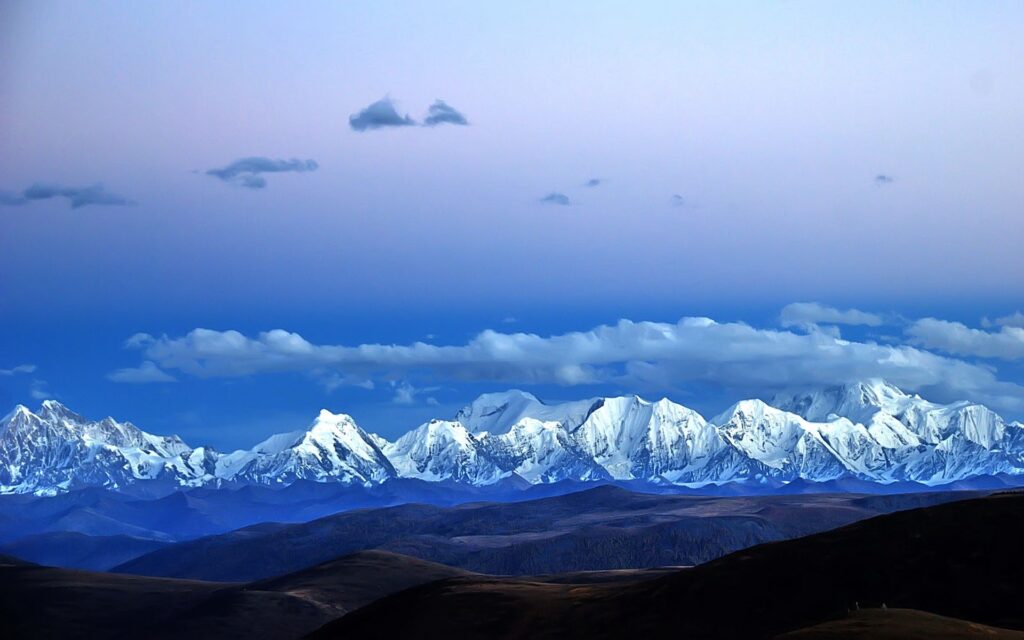
Flora and Fauna:
The area around Mt. Minyak Gongkar is ecologically rich, home to a variety of plant species, some of which are unique to the Tibetan Plateau. The lower slopes of the mountain are covered in forests, while higher up, the vegetation thins out to reveal alpine meadows and, eventually, snow-covered glaciers. Wildlife in the area includes species such as the snow leopard, blue sheep, and various birds of prey.
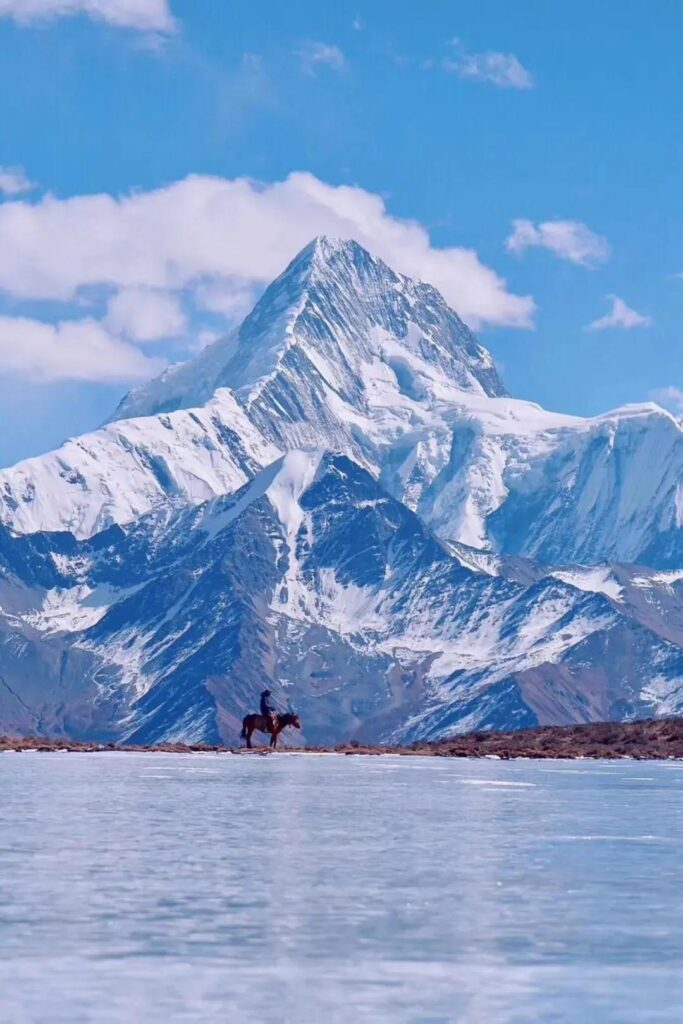
Trekking and Adventure:
While the summit of Mt. Minyak Gongkar is reserved for skilled mountaineers, the region offers trekking routes that are popular among adventurous travelers. These treks take visitors through remote Tibetan villages, past monasteries, and across stunning landscapes of grasslands, valleys, and glaciers, providing an immersive experience of the region’s natural beauty and culture.
Connection to the Minyak People:
Mt. Minyak Gongkar holds special significance for the Minyak Tibetans who inhabit the area. The mountain is not only a natural landmark but also a part of their cultural identity, featuring in local folklore, religious practices, and daily life.
Today, Mt. Minyak Gongkar is a symbol of both the rugged natural beauty and the rich cultural heritage of the Tibetan Plateau. Although still relatively off the beaten path for most tourists, it attracts a mix of spiritual pilgrims, mountaineers, and trekkers eager to experience the untouched landscapes and spiritual aura of the region.
The mountain remains an iconic part of Tibetan and Chinese geography, standing as a testament to the region’s awe-inspiring natural beauty and its deep cultural and religious significance.
 Tibet World Travel Tibet Tour, Tibet Trip, Tibet Travel, Tibet Train, Tibet Trekking,
Tibet World Travel Tibet Tour, Tibet Trip, Tibet Travel, Tibet Train, Tibet Trekking,
